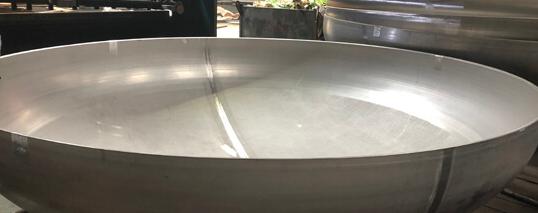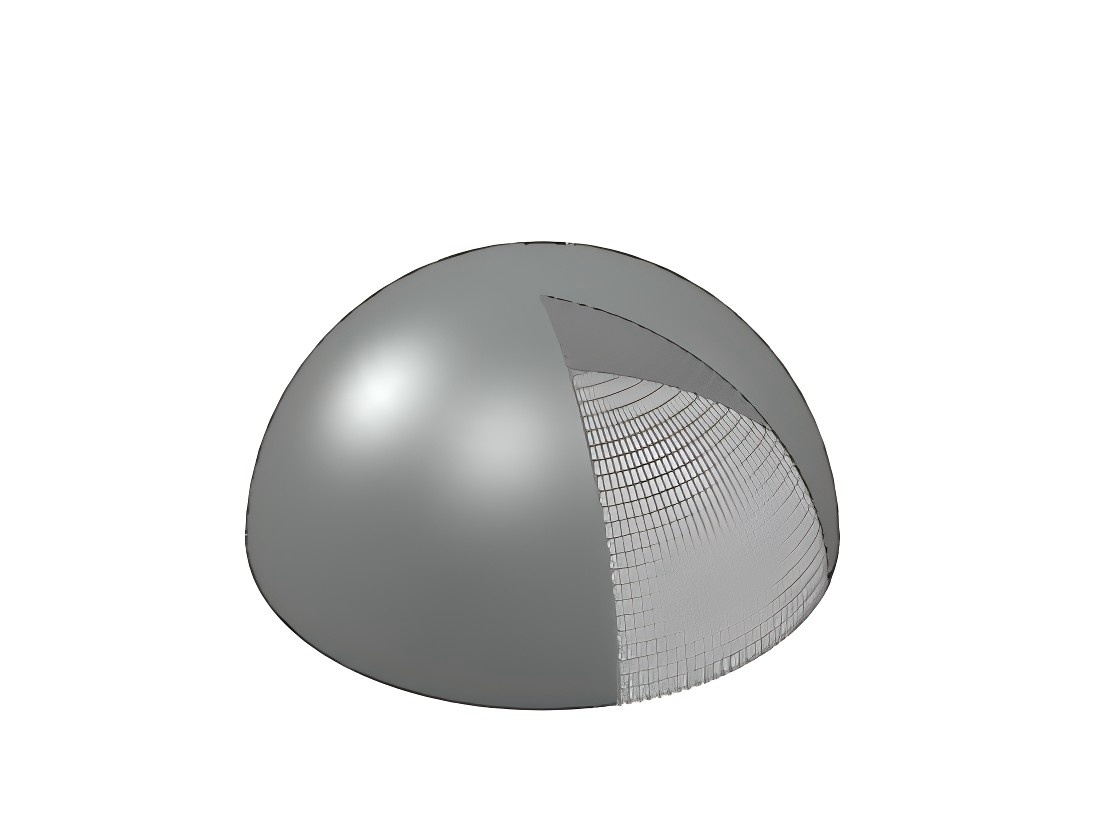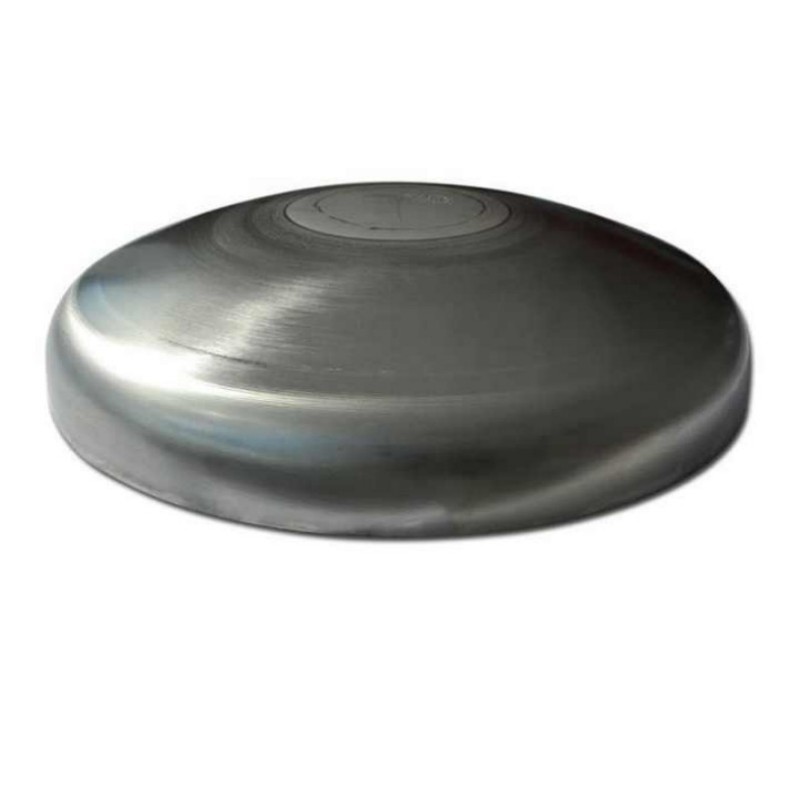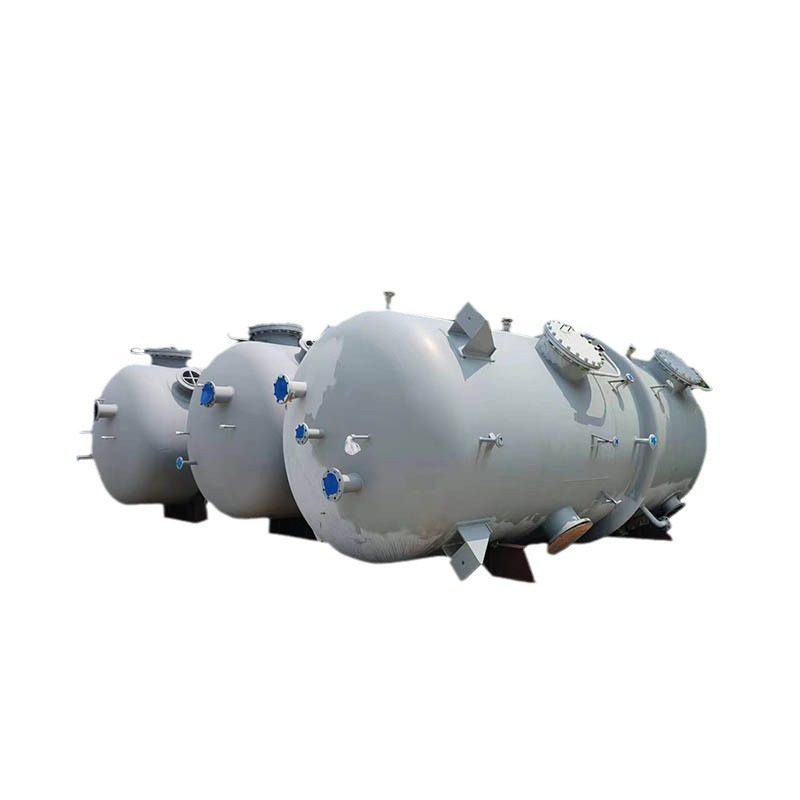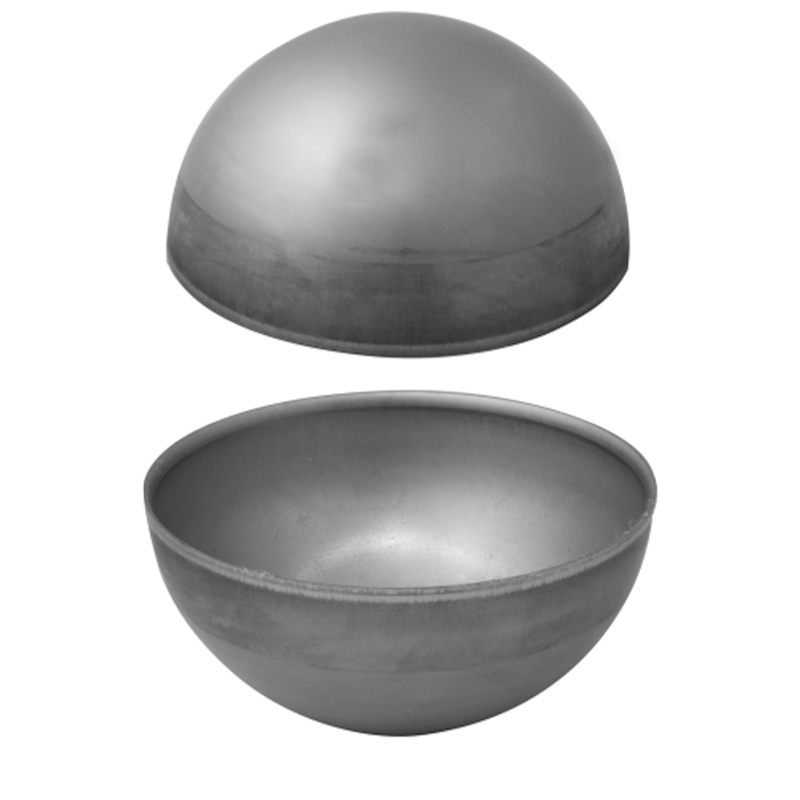Understanding Weld Positions for Head Splices in Pressure Vessels
Upload Time:
Aug 12, 2025
In the past, older standards like JB741-80 placed strict limits on where weld seams could be located on a pressure vessel head. The reasoning was simple: when a head is stamped, certain areas—especially the corner transition zones—experience large tensile deformation. Placing a weld in those high-stress zones could increase the risk of cracking or seam failure.
While this made sense in theory, years of real-world practice revealed two key problems with that restriction:
1. Material Waste – The rules often led to inefficient use of materials.
2. Unreliable Weld Quality After Deformation– The position restriction didn’t guarantee quality. Instead, weld integrity is better assessed through non-destructive testing (NDT) after the forming process.
How the Standards Evolved
Recognizing these issues, later standards—GB150-89 and GB150-98—removed the strict weld position requirement. Instead, they set clear procedural expectations:
Weld First, Form Later – The head should be welded before the forming process.
100% Inspection – After forming, the weld must undergo full radiographic or ultrasonic testing.
Same Qualification Level – The weld quality must meet the same standard as the entire pressure vessel.
The JB/T4737-95 standard should have aligned with GB150, but due to editorial oversight, it still carried the outdated JB741-80 provisions. To resolve this, the National Pressure Vessel Standardization Technical Committee decided to discontinue JB/T4734-95 and is now working on a new head standard to replace it. For now, GB150 remains the guiding requirement during this transitional phase.
What About T-Shaped Welds?
Interestingly, there are no prohibitions or strict requirements regarding T-shaped welds in current standards. And in practice, they can’t be avoided—since the point where a longitudinal weld meets a circumferential weld on a cylinder is, by definition, a T-joint.
Key Takeaway
While this made sense in theory, years of real-world practice revealed two key problems with that restriction:
1. Material Waste – The rules often led to inefficient use of materials.
2. Unreliable Weld Quality After Deformation– The position restriction didn’t guarantee quality. Instead, weld integrity is better assessed through non-destructive testing (NDT) after the forming process.
How the Standards Evolved
Recognizing these issues, later standards—GB150-89 and GB150-98—removed the strict weld position requirement. Instead, they set clear procedural expectations:
Weld First, Form Later – The head should be welded before the forming process.
100% Inspection – After forming, the weld must undergo full radiographic or ultrasonic testing.
Same Qualification Level – The weld quality must meet the same standard as the entire pressure vessel.
The JB/T4737-95 standard should have aligned with GB150, but due to editorial oversight, it still carried the outdated JB741-80 provisions. To resolve this, the National Pressure Vessel Standardization Technical Committee decided to discontinue JB/T4734-95 and is now working on a new head standard to replace it. For now, GB150 remains the guiding requirement during this transitional phase.
What About T-Shaped Welds?
Interestingly, there are no prohibitions or strict requirements regarding T-shaped welds in current standards. And in practice, they can’t be avoided—since the point where a longitudinal weld meets a circumferential weld on a cylinder is, by definition, a T-joint.
Key Takeaway
The modern approach prioritizes thorough inspection over rigid positioning rules. By focusing on weld quality after forming, manufacturers can ensure safety and compliance while reducing unnecessary material waste.
